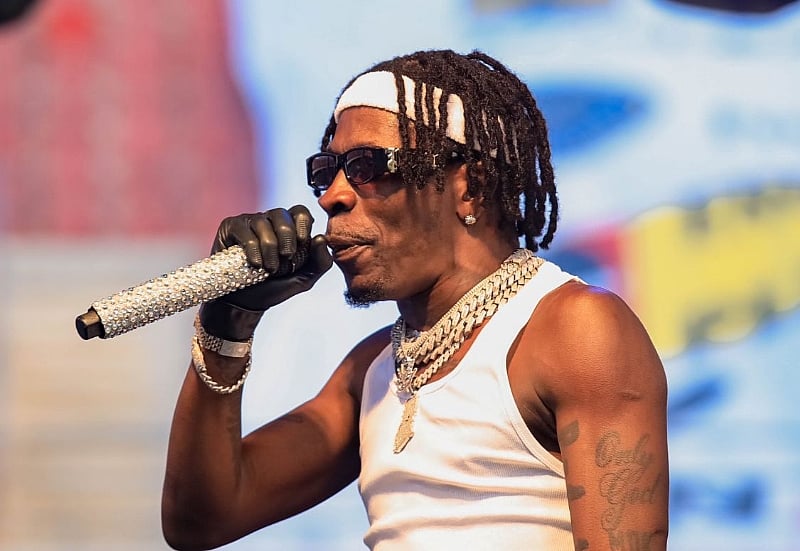The Ghanaian music scene was recently abuzz with the news of dancehall artist Shatta Wale’s 2019 Lamborghini Urus being seized by the Economic and Organised Crime Office (EOCO). This action, stemming from a request by the FBI and the US Justice Department, linked the luxury vehicle to proceeds of crime involving a convicted Ghanaian fraudster serving time in the United States. While EOCO initially stated that Shatta Wale cooperated with the seizure, even requesting discretion to protect his public image, the artist later publicly accused EOCO’s Executive Director, Raymond Archer, of attempting to embarrass him. He further warned that such actions could negatively impact the National Democratic Congress (NDC) in the 2028 elections, injecting a political dimension into the unfolding narrative.
Shatta Wale’s reaction to the incident, however, took a surprising turn. Rather than expressing outrage or distress, he embraced the media attention, particularly a report by the BBC, as a boost to his career. He framed the seizure as an event that elevated his status to a “global icon,” claiming that the attempts to tarnish his image were ironically increasing his music streams. This calculated response suggests a strategic intent to leverage the controversy to his advantage, turning a potentially damaging situation into a publicity opportunity. It reflects a savvy understanding of the dynamics of modern media, where notoriety can often translate into increased visibility and engagement.
The incident throws into sharp relief the complex relationship between celebrity, law enforcement, and public perception. On one hand, it highlights the potential for individuals in the public eye to become embroiled in legal controversies, particularly when their assets are linked to illicit activities. On the other, it demonstrates how such controversies can be manipulated and reframed to benefit the individual’s brand, especially in the age of social media and viral news cycles. Shatta Wale’s response underscores the power of controlling the narrative and leveraging even negative publicity for personal gain.
The seizure of the Lamborghini raises questions about the source of Shatta Wale’s wealth and his potential connections to the convicted fraudster. While EOCO’s statement suggests a link between the vehicle and the proceeds of crime, the specifics of this connection remain unclear. The incident underscores the importance of transparency and accountability, especially for public figures who wield considerable influence. It also highlights the role of international cooperation in combating transnational crime, as evidenced by the collaboration between the FBI, the US Justice Department, and Ghanaian authorities.
Beyond the immediate legal implications, the incident has broader societal ramifications. It sparks a conversation about the glorification of wealth and the potential for material possessions to become symbols of status and success, even when their acquisition is questionable. It also raises concerns about the influence of celebrity culture and the tendency for fans to overlook or excuse the transgressions of their idols. Shatta Wale’s response, in which he celebrates the media coverage, further complicates the issue, suggesting a blurring of the lines between accountability and self-promotion.
The unfolding story of Shatta Wale’s seized Lamborghini serves as a microcosm of the complexities of fame, fortune, and the law in the digital age. It highlights the power of public image, the potential for manipulating narratives, and the challenges of holding public figures accountable. As the investigation progresses, it remains to be seen how the details of the case will unfold and what impact it will have on Shatta Wale’s career and public image. However, one thing is certain: the incident has captivated public attention and sparked a broader discussion about the intersection of celebrity, wealth, and legality.


